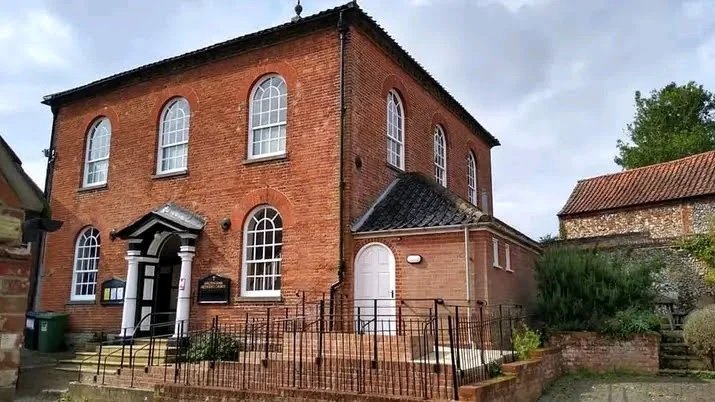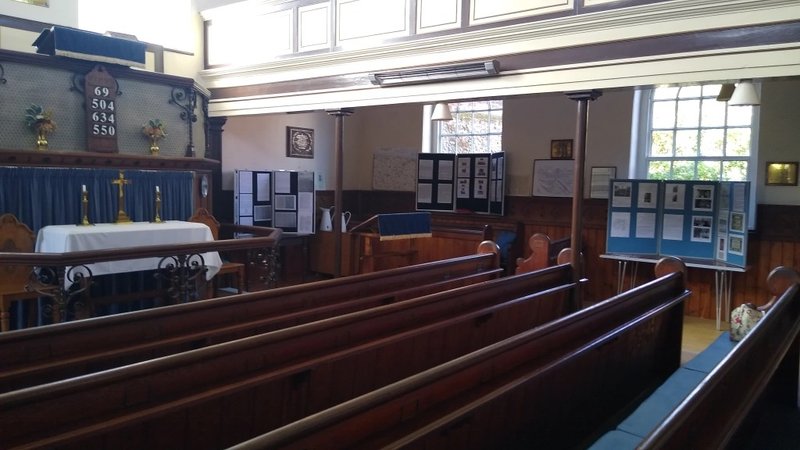Contact
Steward : Glyn Constantine. walsinghammethodist@gmail.com
07793866072
Opening Times
Currently: Fridays 11am to 3pm from April to the end of September and at other times by arrangement.


In medieval times, Walsingham was one of the most important pilgrimage sites in the world, known as 'England's Nazareth', as it featured a reputed replica of the home of Jesus' mother, Mary.
In 1538, during King Henry VIII's Dissolution of the monasteries, Walsingham Priory was ruined and the Madonna and Child statue from the shrine was taken to London and burned; Walsingham remained in ruins for almost 300 years.
Walsingham's shrines to the Blessed Virgin Mary were revived in the 19th C, and today Walsingham welcomes thousands of pilgrims annually.
John Wesley visited Little Walsingham in 1781 where a Methodist society had been in existence for the previous two years.
He recorded in his Journal that he preached at 2pm on 30 October and then went to view the ruins of the Priory and Friary: "Had there been a grain of virtue or public spirit in Henry the Eighth, these noble buildings need not have run to ruin."
A small Methodist chapel was built in 1782, which later became two cottages when the present church was built in 1793-4. This building is the oldest purpose-built chapel in East Anglia where services are still being held. The interior is in the plain style of early Methodist preaching-houses.
The gallery still has its original pews while on the ground floor the pews are of a heavier style favoured by the Victorians. The Victorian central pulpit dominates the simple table with its unusual brass candlesticks. Copies of the original religious licences, which were obtained from the Bishop in order to register a place of religious worship in both Great and Little Walsingham, are on show.
Walsingham Methodist Chapel
High Street, Walsingham NR22 6BY